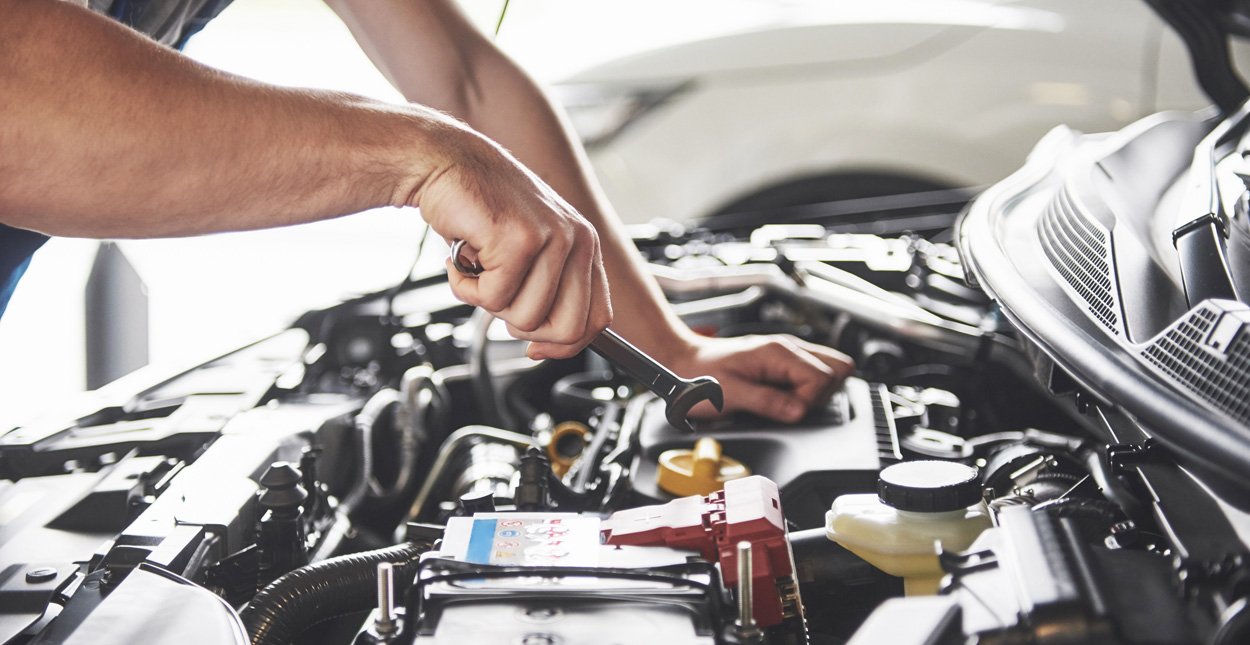How To Perform Minor Repairs On Your Vehicle
If you're an adult in this country, chances are you own or finance a vehicle of some kind. And if you've got an automobile, you are going to need repairs sooner or later. Here are some tips that will help you, whether you choose to attempt repairs yourself, or get them done by a service.
Indian Creek Windshield Replacement FL
When you run into car problems, you should first turn to the Internet to learn what the problem could be. You may find that it is an easy to repair problem that you can do on your own. This could save you hundreds of dollars in labor fees if you had to take it to a shop.
When doing your own work on your automobile, you want to make sure you never take things too far in error. You're saving yourself some money by doing it yourself, but if you're not sure about something, you need to find out or let a professional handle the matter. You could end up costing yourself so much money.
Check your radiator frequently. Let the car run briefly, shut the engine, then open the hood. Never open the radiator cap if the engine is running. Look to see what the fluid level is (use a dipstick), and remember that coolant needs to have a bit of water added prior to entering your radiator.
It is not legal for a mechanic to start working on your car before you officially authorize them to do so, usually by signing a contract. Be careful what you authorize the mechanic to do. You should only sign documents that include a detailed list of the needed repairs and their prices.
Don't pay money for air. Familiarize yourself with the correct air pressure of your car tires and invest in an air compressor. Check your tires on a regular basis and keep them properly inflated on your own. Being able to do this yourself on a regular basis will save you money in terms of wear and tear and regular maintenance.
Avoid unexpected auto repair problems while driving by performing a basic safety check before you set out in your car. Start your engine, turn on your lights and your flashers and walk all the way around your car. Check your tires and make sure your lights and flashers are working properly. This simple check will ensure a safer ride and help you avoid the need for emergency repairs.
The Automotive Service Excellence logo is a sign that you have found a good mechanic. Mechanics have to successfully pass an exam and maintain an excellent record to receive this logo. Not all good mechanics get this certification but you should still try finding a mechanic who is ASE certified.
You can easily fix scratches yourself. You will need to fill the scratch with a primer that corresponds to the colors of your car, apply some paint once the primer is dry and sand the entire area. Start with a fine sand paper and increase the grain progressively before waxing.
Stick with Original Equipment Manufacturer (OEM) components. If your car needs parts, choose OEM parts over generic ones. For optimum performance, you should have the OEM parts that are up to the manufacturer's standards. While generic parts are cheaper, they're generally a lower quality than the original ones. This means that you may pay more later for replacements.
You don't want to diagnose complex auto issues on your own. Remember, you're not a professional. The problem may seem simple, but you might find out it's more complex. Let an auto repair shop diagnose the problem. Just tell them the symptoms you are experiencing, including noises or the "feel" of the car, but then let them do their job.
A good mechanic will likely have some credentials. A NIAE seal of approval is something to look for in a mechanic. When they have this, you know they are trained properly and are going to give you good results.
Keep an eye on the wet puddles under your car. Color and consistency may help you figure out the issue. If it's pastel blue, yellow-green or fluorescent-orange, it may be an antifreeze leak due to a bad hose, leaking radiator, or water pump, or an overheated engine. Dark brown or black oily puddles can mean a bad gasket or seal is causing the leak. Red oily puddles are usually caused by a power-steering or transmission fluid leak. Clear puddles usually aren't anything to worry about, as they may be condensation from the vehicle.
Now that you've read this article, you should have an idea of what to keep in mind when you need auto repairs. Getting your vehicle fixed can help you to have a sense of confidence on the road, so make sure you keep your auto running well by using the tips here. That way, you can keep your car as long as you need it.

